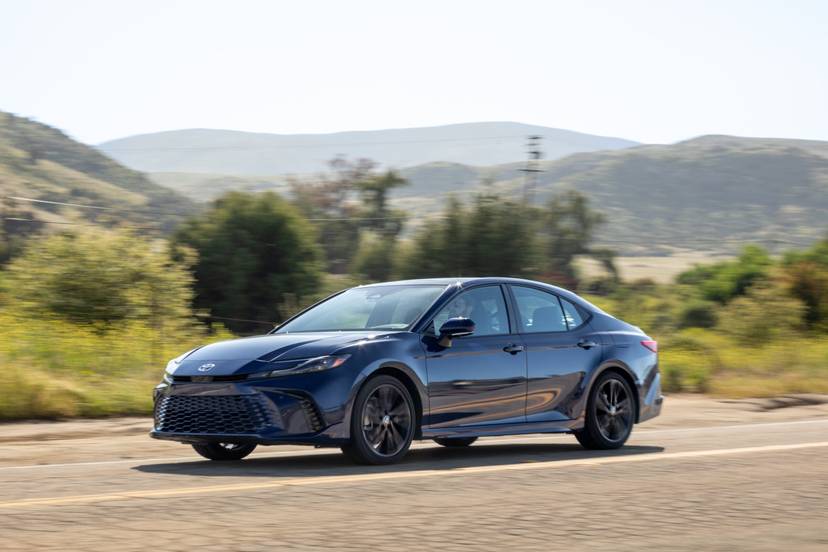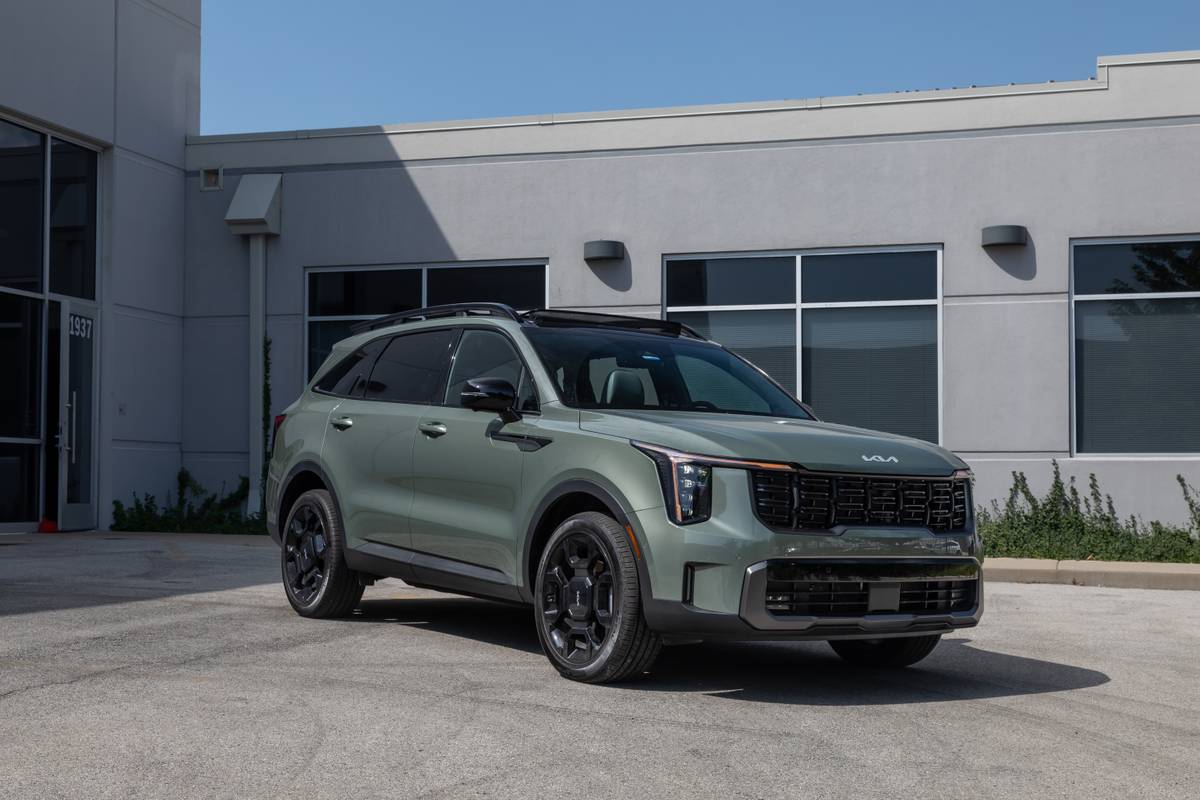
The verdict: With wireless Apple CarPlay and Android Auto smartphone connectivity added to all trim levels of the 2024 Sorento, Kia has fixed this three-row SUV’s most significant weakness and made it an even better choice than its more popular competitors.
Versus the competition: The Sorento offers space, technology and a driving experience on par with — if not better than — higher-priced competitors like the benchmark Toyota Highlander, making a compelling case for shoppers drawn to larger three-row models — including Kia’s own Telluride — who don’t always need a roomy third row.
In the glut of three-row SUVs on the market, Kia’s Sorento has often been overshadowed by the Toyota Highlander. But the Sorento has seen some changes for the 2024 model year, including adding wireless Apple CarPlay and Android Auto smartphone connectivity standard across the board, as well as getting a subtle face-lift and a more rugged X-Pro Package with all-terrain tires.
Related: 2024 Kia Sorento: Fresh Face, Fresh Trim, Fresh Price
For this review, we drove a 2024 Kia Sorento X-Line SX-Prestige. The SX-Prestige is the Sorento’s top trim, and the X-Line Package brings a more rugged appearance and a center locking differential. Including destination, our test vehicle’s as-tested price was $48,285. Our aim was to find out if the freshened 2024 Sorento is still worth shoppers’ consideration — and still a viable alternative to the more popular Toyota Highlander.
The Sorento is also available with hybrid and plug-in hybrid powertrains, both of which are covered separately in the Cars.com Research section.
Turbocharged Fun
While the base engine in the Sorento remains a 2.5-liter four-cylinder, higher trims get a turbocharged version of that engine that makes 281 horsepower and 311 pounds-feet of torque versus the naturally aspirated version’s 191 hp and 181 pounds-feet. In the SX-Prestige, the 2.5 turbo makes the driving experience enjoyable, with ample power and quickness for a vehicle this size. There is some powertrain lag, however; there’s a noticeable beat between when you press the accelerator pedal and when you actually accelerate, but it’s acceptable in a vehicle that is very much not a sports car. The eight-speed dual-clutch automatic transmission that Kia pairs with the turbocharged engine shifts smartly and quickly.
Most of the Sorento’s sporty nature comes from the turbo’s ample power; its steering is light — befitting a family SUV — and body motion is controlled but noticeable when cornering. The real drawbacks in the driving experience are brake pedal feel and chassis behavior. The brake pedal isn’t very linear, with lots of initial bite but extended pedal travel before additional stopping power kicks in. Multiple editors also noted a jittery feeling when driving the Sorento over bumpy pavement; even concrete pavement slab seams were enough to turn the Sorento into a waterbug.
With the 2.5-liter turbo engine and all-wheel drive, the Sorento earns an EPA-estimated 23 mpg combined, which is only slightly less than a comparable AWD Highlander’s 24 mpg combined rating. It’s also — unsurprisingly — less efficient than the naturally aspirated AWD Sorento’s 25 mpg combined rating. The good news here is that the turbocharged Sorento is much more enjoyable to drive than either of those choices, and the fuel-economy penalty for choosing a little bit of fun is relatively minor.
Related Video:
We cannot generate a video preview.
Comfortable Interior — for Four Adults
There’s a lot to like inside the Sorento. The addition of wireless Apple CarPlay and Android Auto smartphone connectivity in every trim fixes a significant flaw with the previous Sorento while greatly increasing convenience. A new dual-screen panoramic display includes an available 12.3-inch digital instrument panel and standard 12.3-inch center touchscreen; it looks excellent and is easy to use. Most of the materials in the uplevel trim we drove were top-notch for its price; our test vehicle had optional Sage Green leather upholstery, which to my eyes read as gray, not green (though my wife will tell you I’m terrible at seeing colors). Either way, it looked and felt great — and it only added $295 to the price. Forward visibility from the driver’s seat is excellent, and there are no overly large blind spots on the sides. Rear visibility, however, is compromised by the third-row seats’ head restraints. The SX-Prestige’s rearview camera mirror serves as a decent alternative when the view is blocked, but it makes me a little motion sick.
A better camera system is Kia’s Blind View Monitor, which is standard on the Sorento SX and up. Appearing when a turn signal is activated, it shows a view of what’s beside the Sorento. It’s one of my favorite safety features around because it keeps the camera image in front of the driver, in the instrument panel, instead of over on the touchscreen, and it activates on the side of the instrument panel that corresponds with the activated signal, so you instantly know which side of the car you’re looking at.
Up front, my biggest complaint is Kia’s move to a single touch panel that switches between climate and audio controls. It’s a space-saving move that looks high-tech but can be annoying to use. At least this misstep is balanced out by the excellently designed USB charge ports below it, one of which can toggle between a data or charging connection while the other is for charging only. Wireless smartphone mirroring is great, but I’m less enamored with wireless charging; an option that lets me plug in my phone without making the car think I want to use it for data is most welcome.
The second row is very comfortable for adults, though in higher Sorento trims (EX and above), the only available configuration is a set of captain’s chairs. Given the third row also seats two, higher-trim Sorentos can seat only six. (Thanks, math!)
The third row, by contrast, is not very comfortable for adults, with a high leg position and minimal head- and legroom. Passengers who do fit back there will at least appreciate its cupholders and USB charging ports, but they won’t have an easy time getting back there. While the second-row captain’s chairs power-fold and flip, the process is slow and doesn’t open up a lot of space for climbing into the way-back. Leaving the captain’s chairs upright and simply accessing the third row through the space between them might work better for smaller passengers, but the path is narrow for adults — and ample headroom in the second row doesn’t translate to ample standing room.
More From Cars.com:
- 2025 Kia Sorento Stays Steady on Base Price, Starts at $33,365
- 2025 Kia Sorento Named IIHS Top Safety Pick, Mixed Results in Grab-Bag Test Session
- How Do Car Seats Fit in a 2024 Kia Sorento?
- Face-lifted 2025 Kia Sorento Hybrid Starts at $40,065
- Shop for a New Kia Sorento
Still a Smart Alternative?
Is the Sorento still worth your time? Absolutely. Options in the three-row SUV class continue to increase, but the Sorento is still one of the strongest offerings — especially for shoppers who don’t consistently need the third row of seats.
The turbocharged Sorento is more enjoyable to drive than a comparable Highlander, and higher trims like our test vehicle have a more upscale interior, too. Increased availability of wireless smartphone mirroring in the 2024 Sorento removes an advantage the Toyota used to have on the tech front, and the Kia’s other tech features were already better.
On top of all that, the Kia is also likely to be a relative bargain. We drove a 2024 Sorento, but pricing is already available for both the 2025 Sorento and 2025 Highlander. The 2025 Sorento starts at just over $33,000 and rises to almost $49,000 for a loaded version, while the Highlander starts over $40,000 and can cost more than $53,000 when fully loaded. An SUV that’s just as good for less money seems like a no-brainer.
Cars.com’s Editorial department is your source for automotive news and reviews. In line with Cars.com’s long-standing ethics policy, editors and reviewers don’t accept gifts or free trips from automakers. The Editorial department is independent of Cars.com’s advertising, sales and sponsored content departments.
































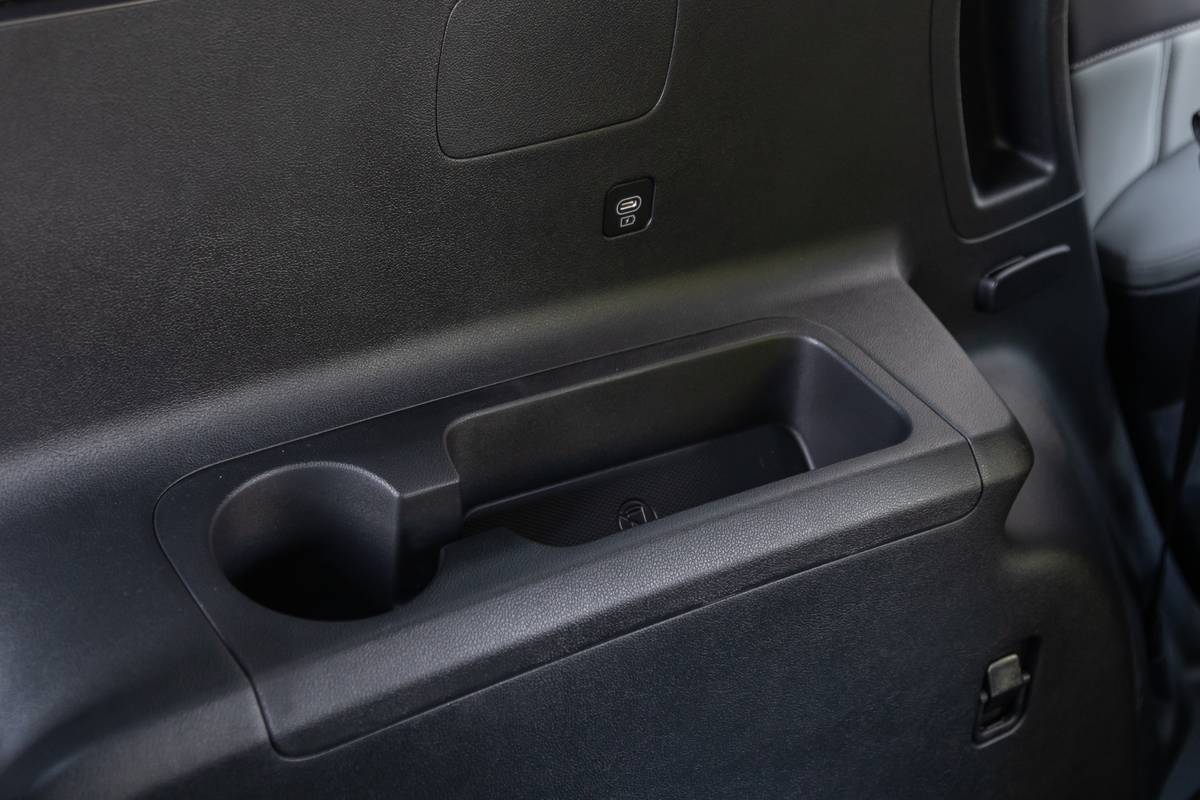



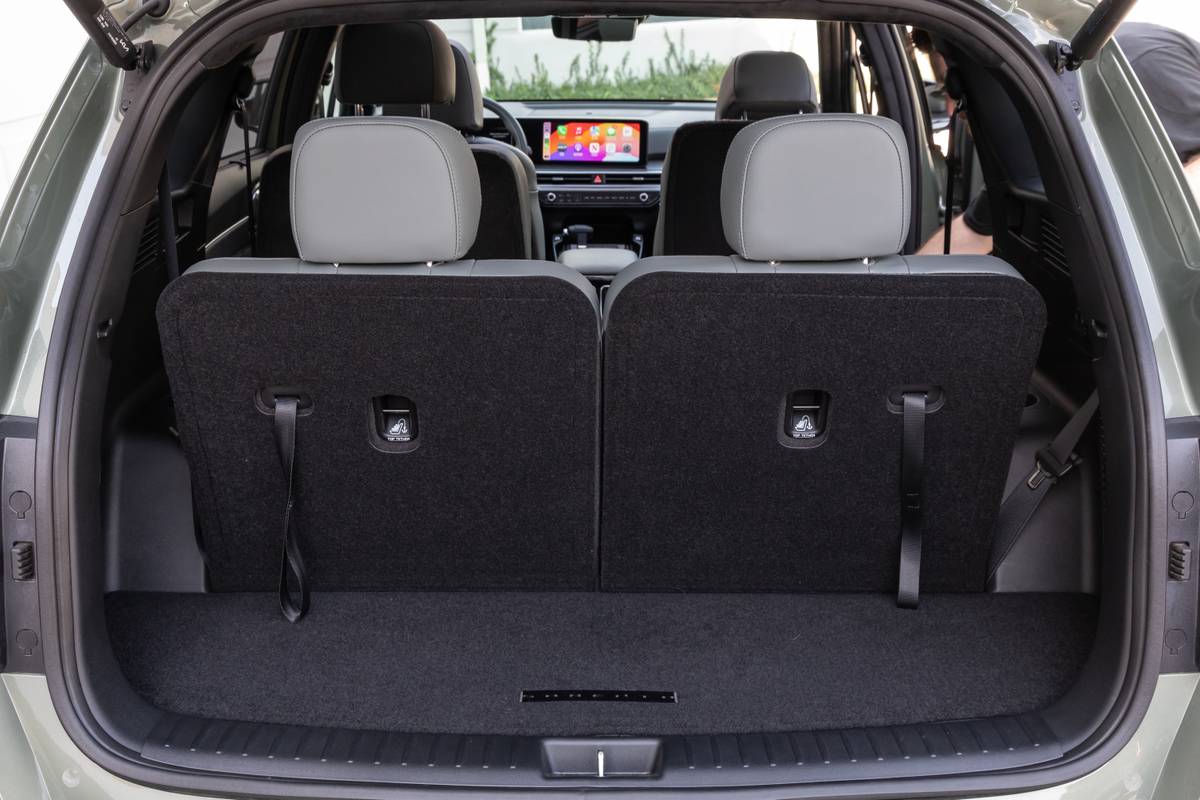
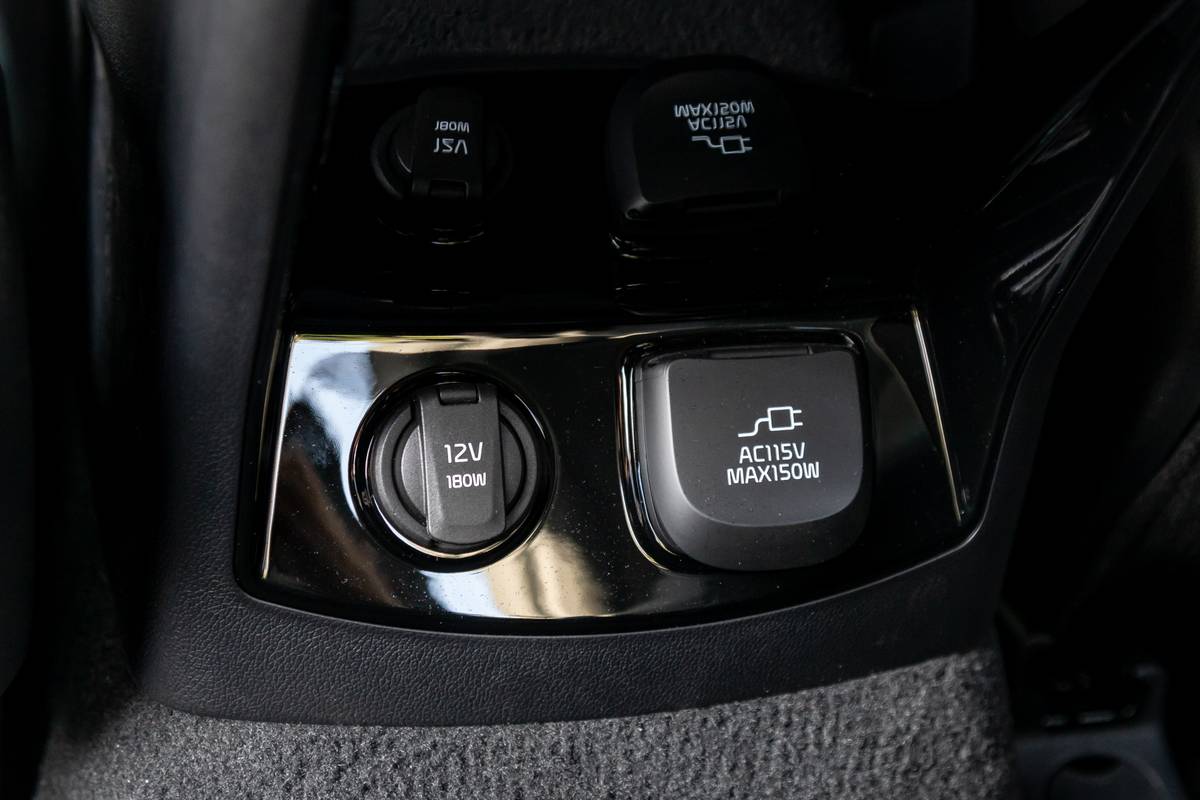
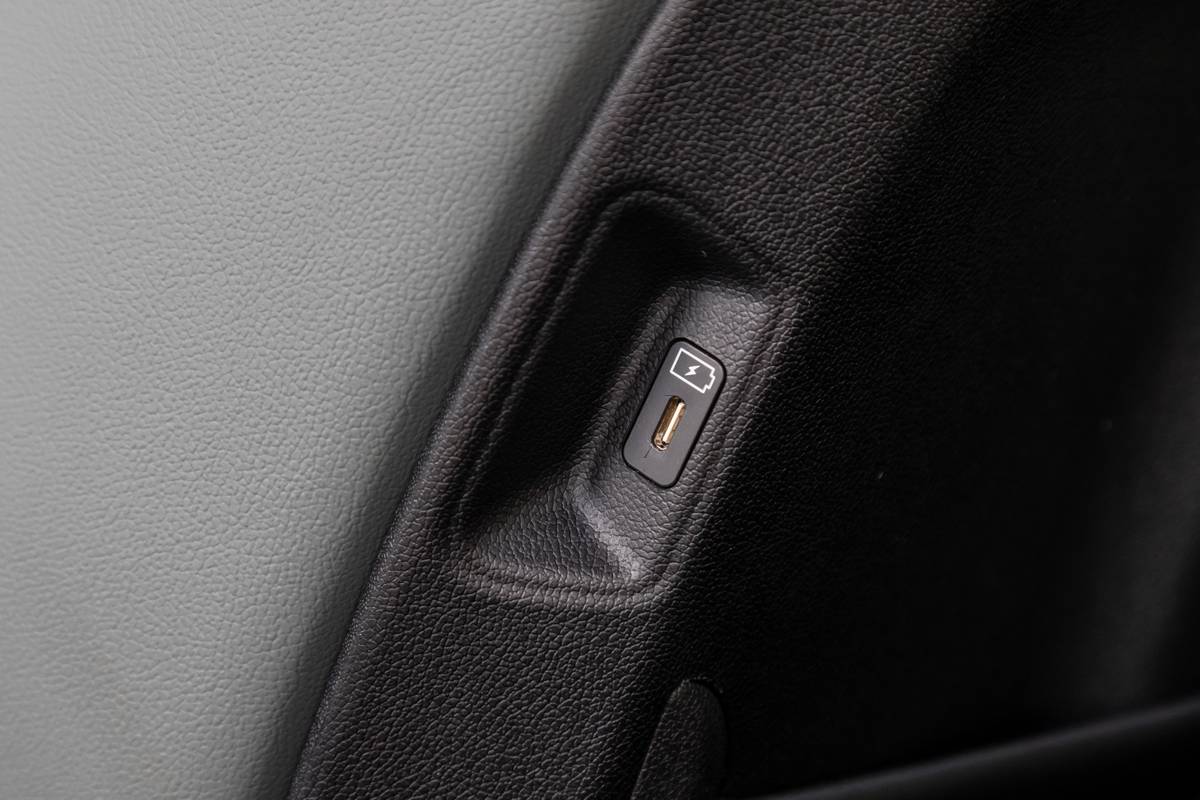
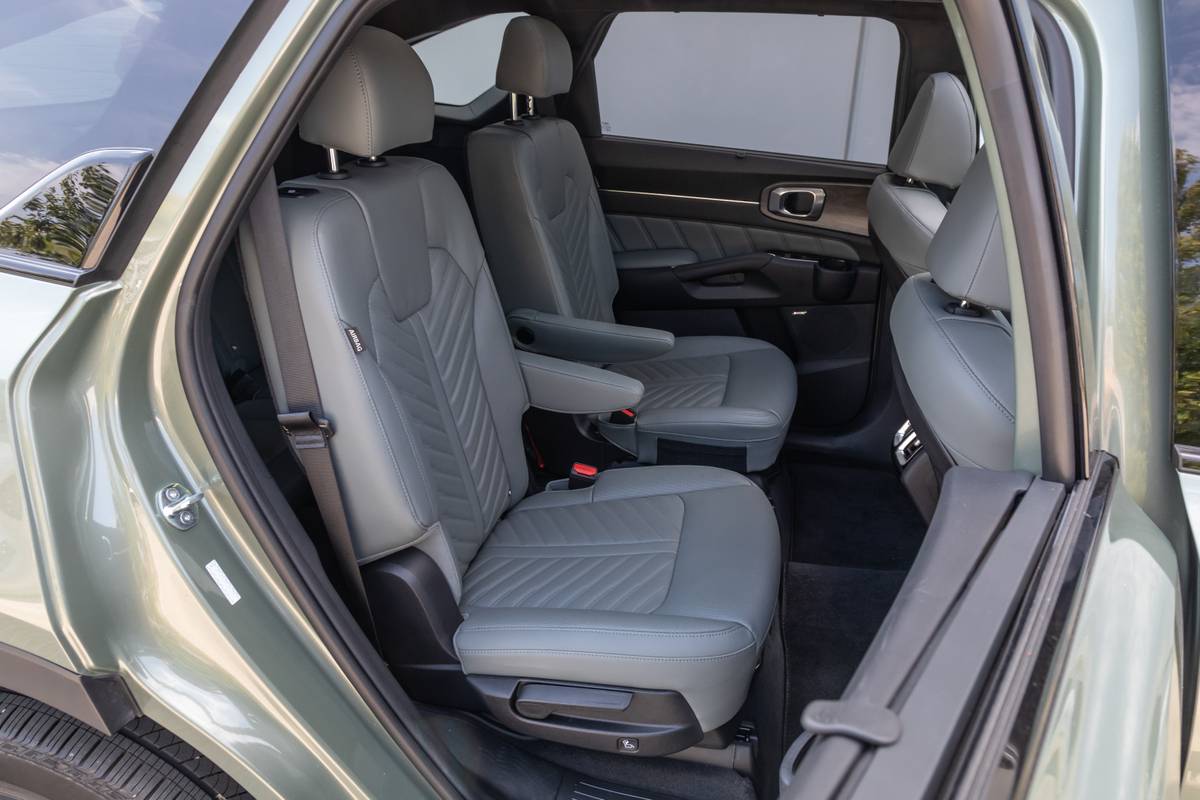
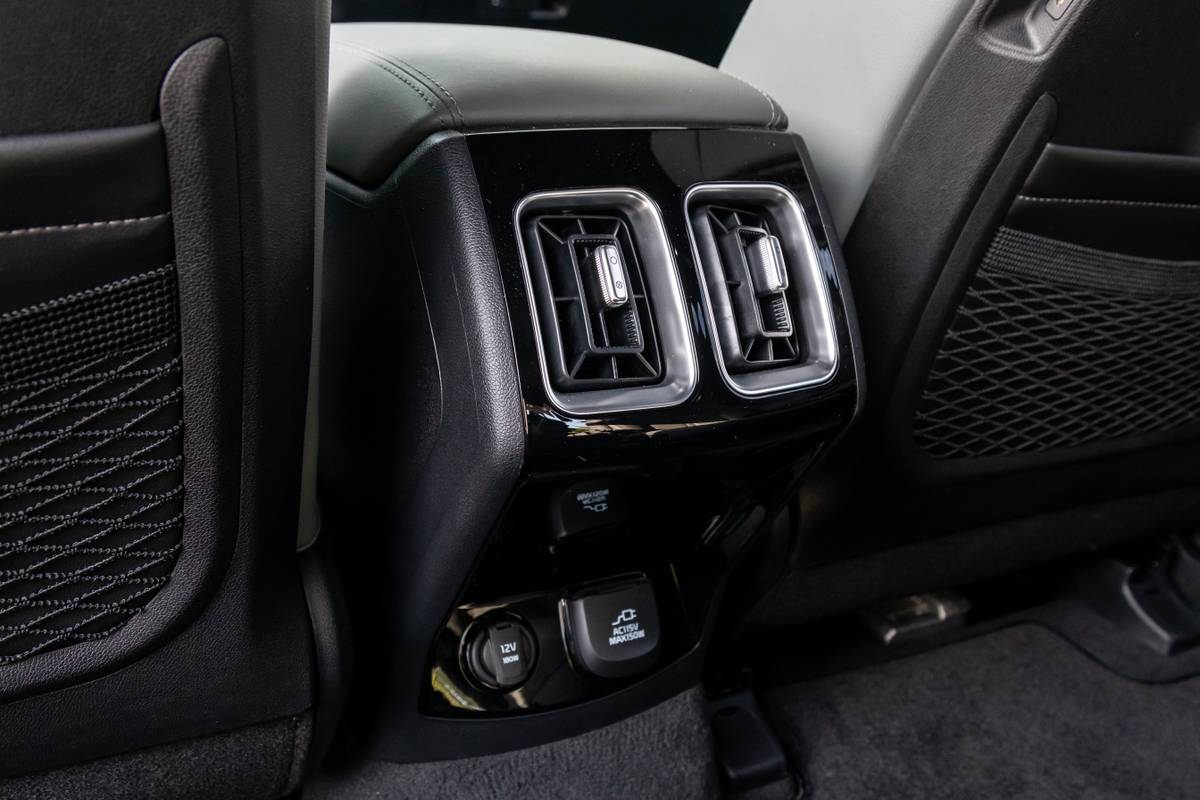

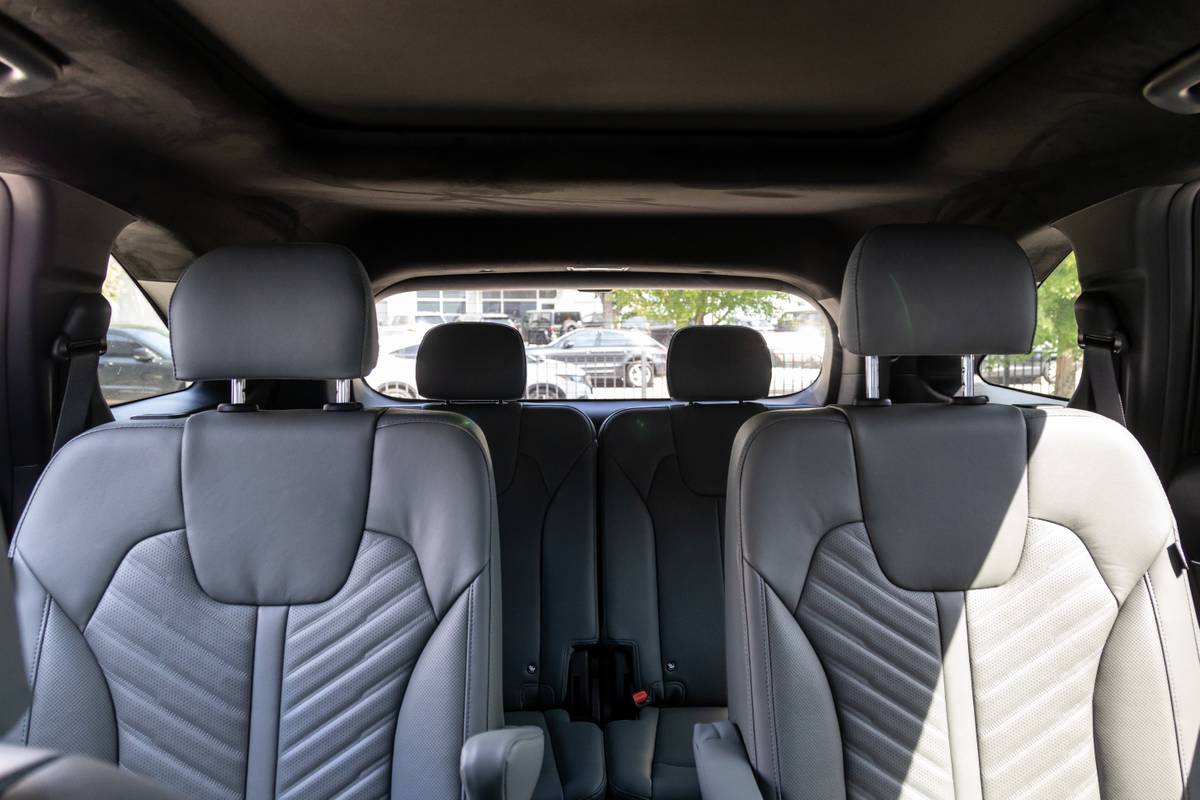
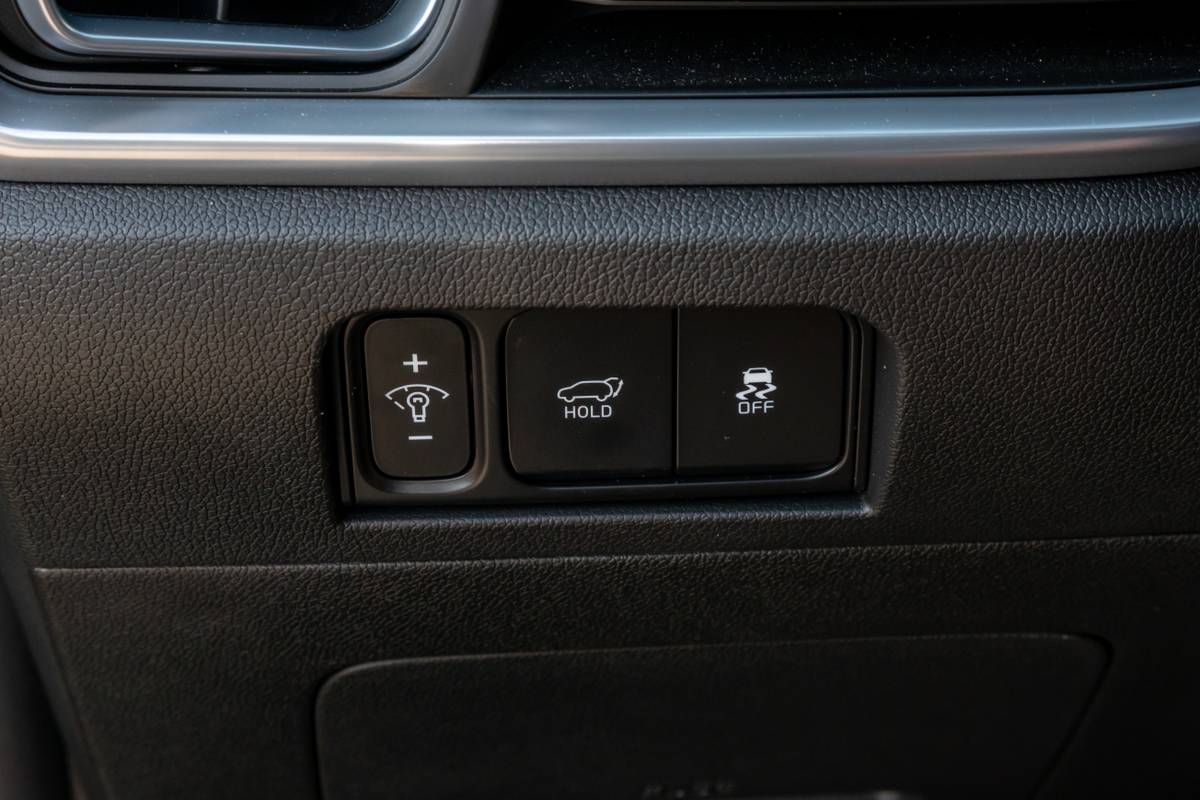
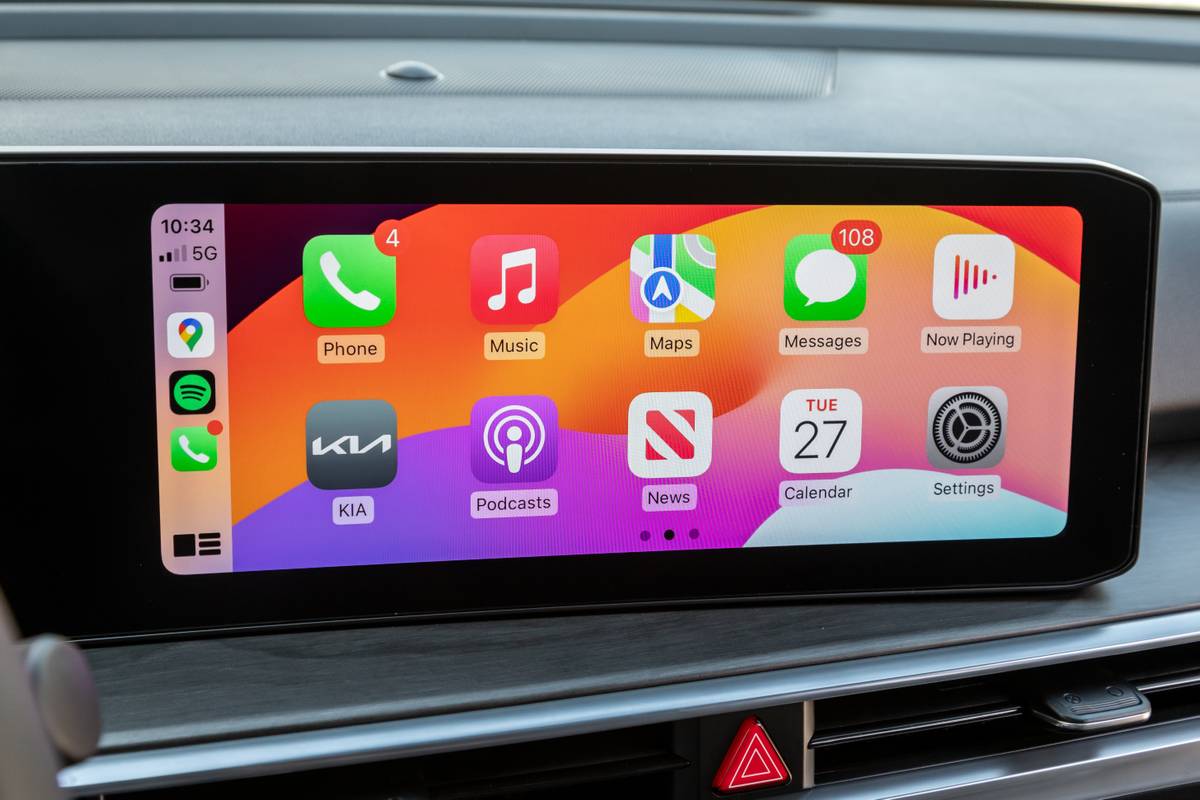

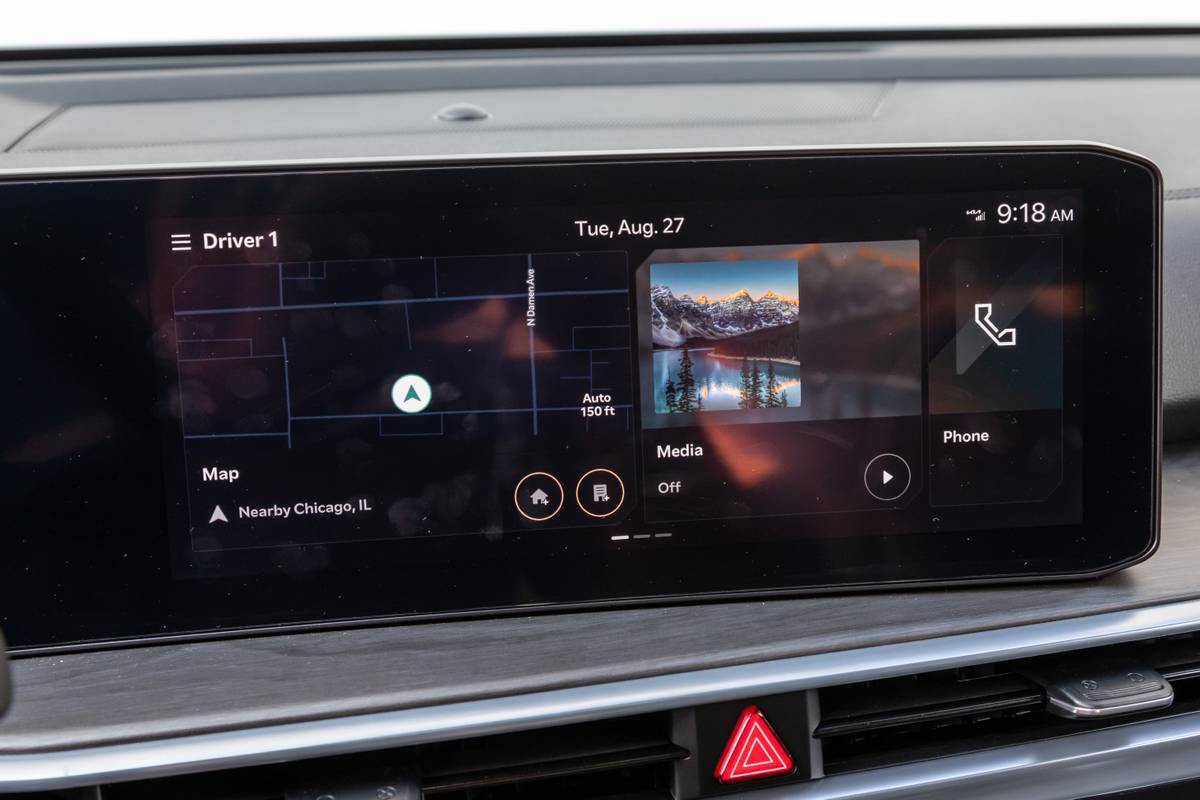
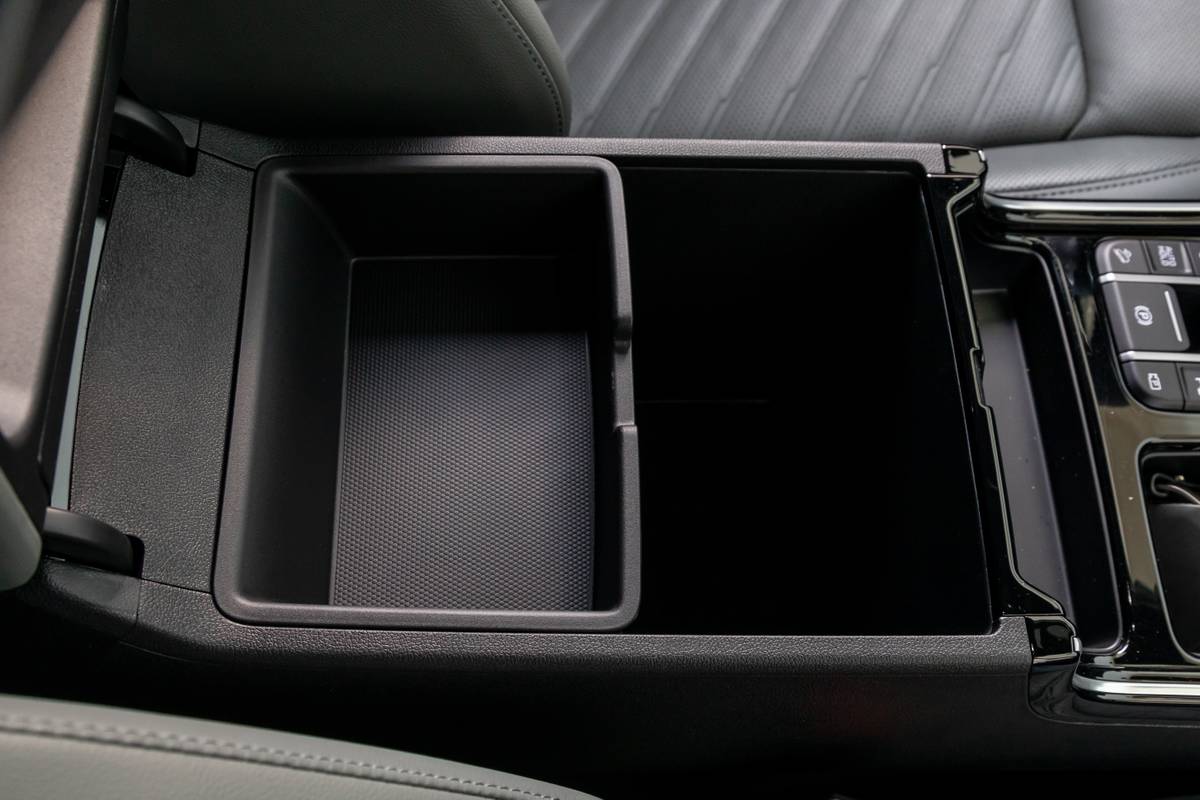
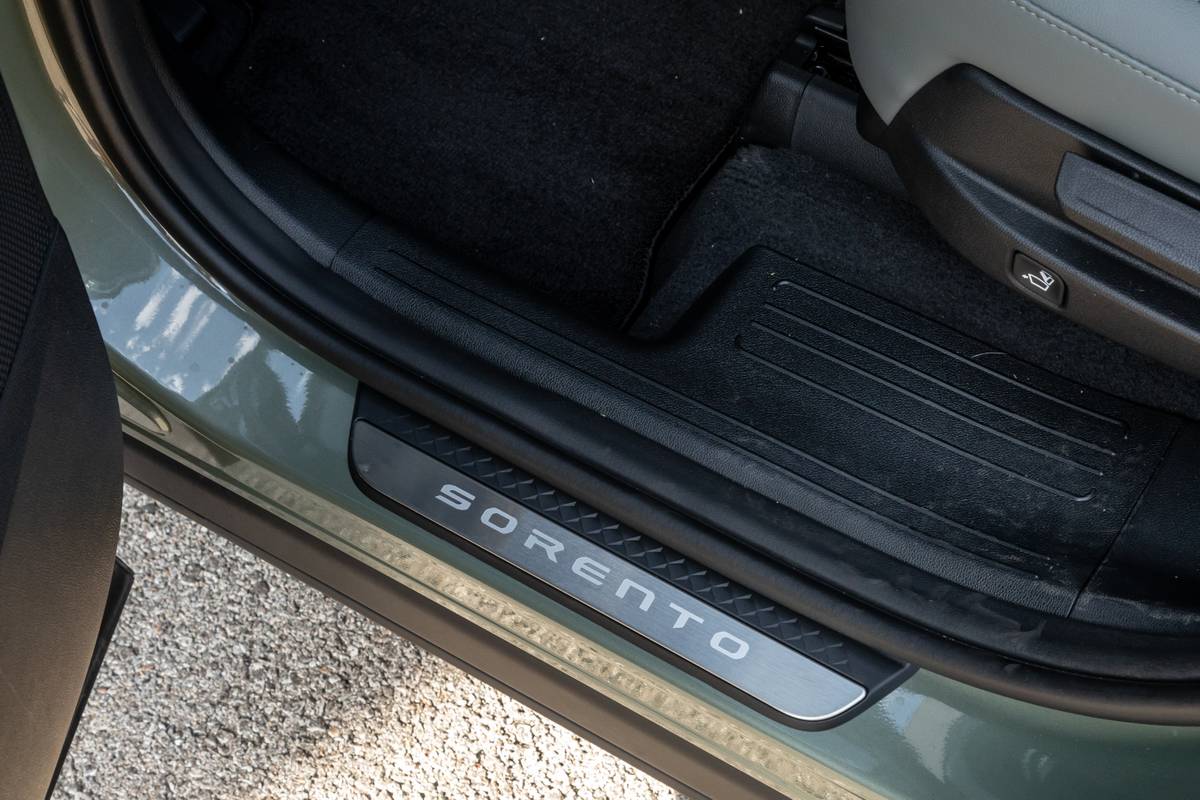
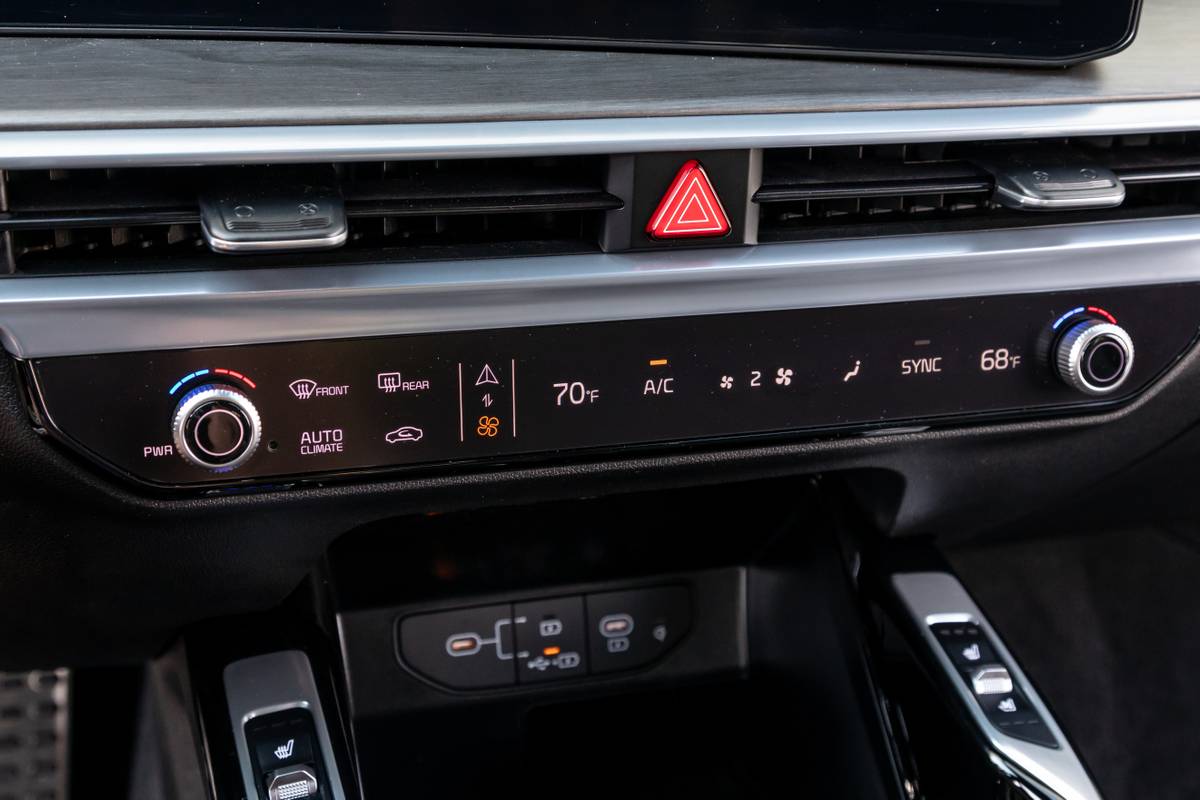


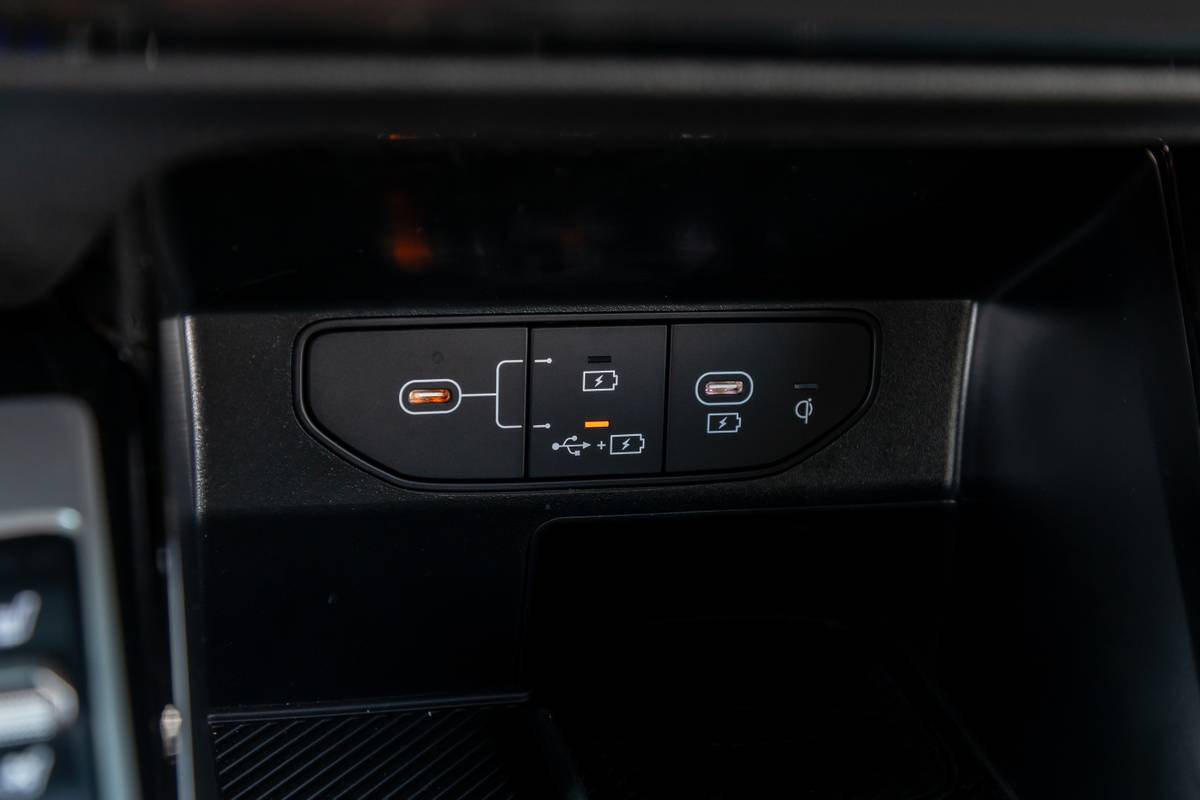
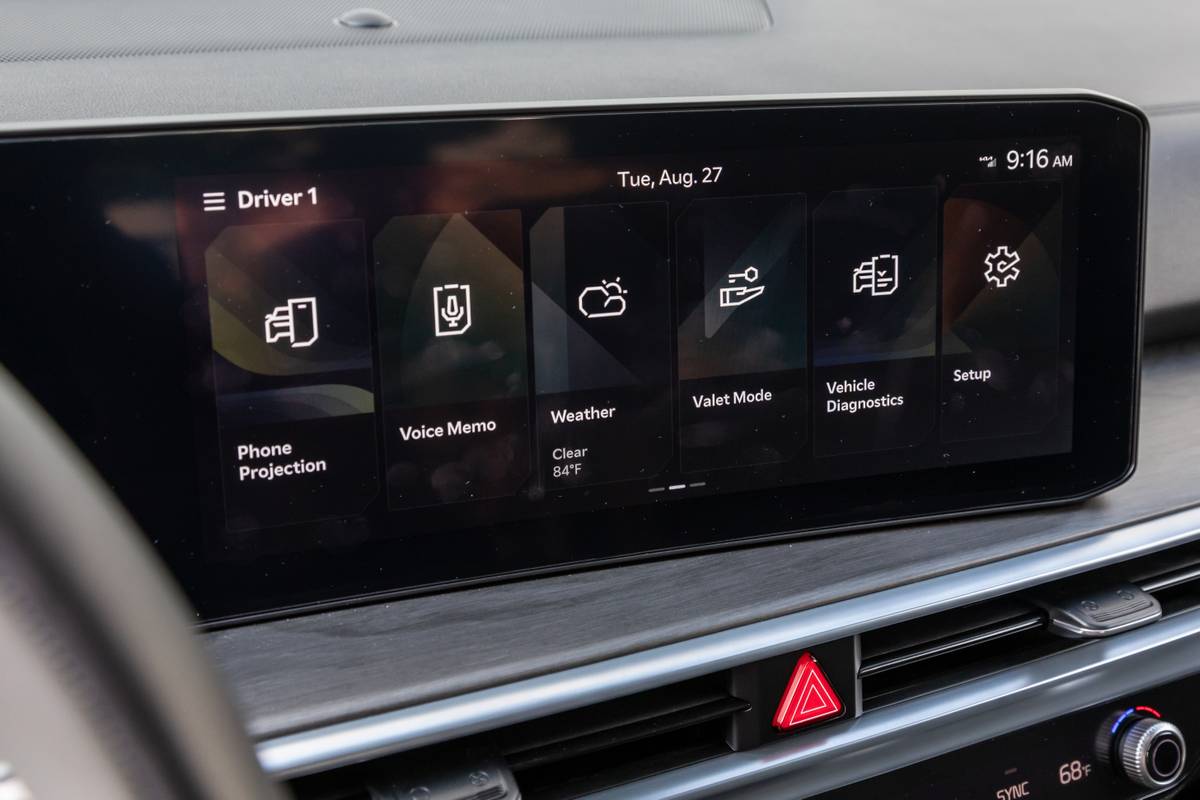
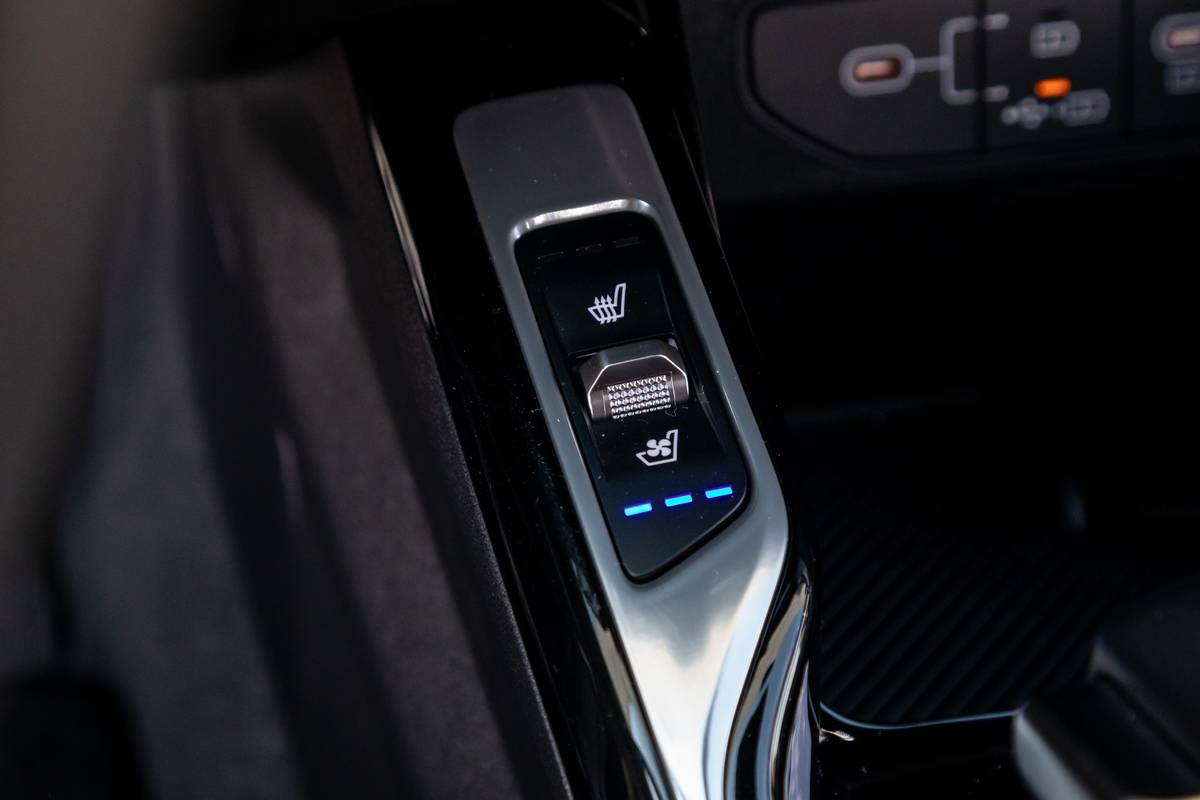
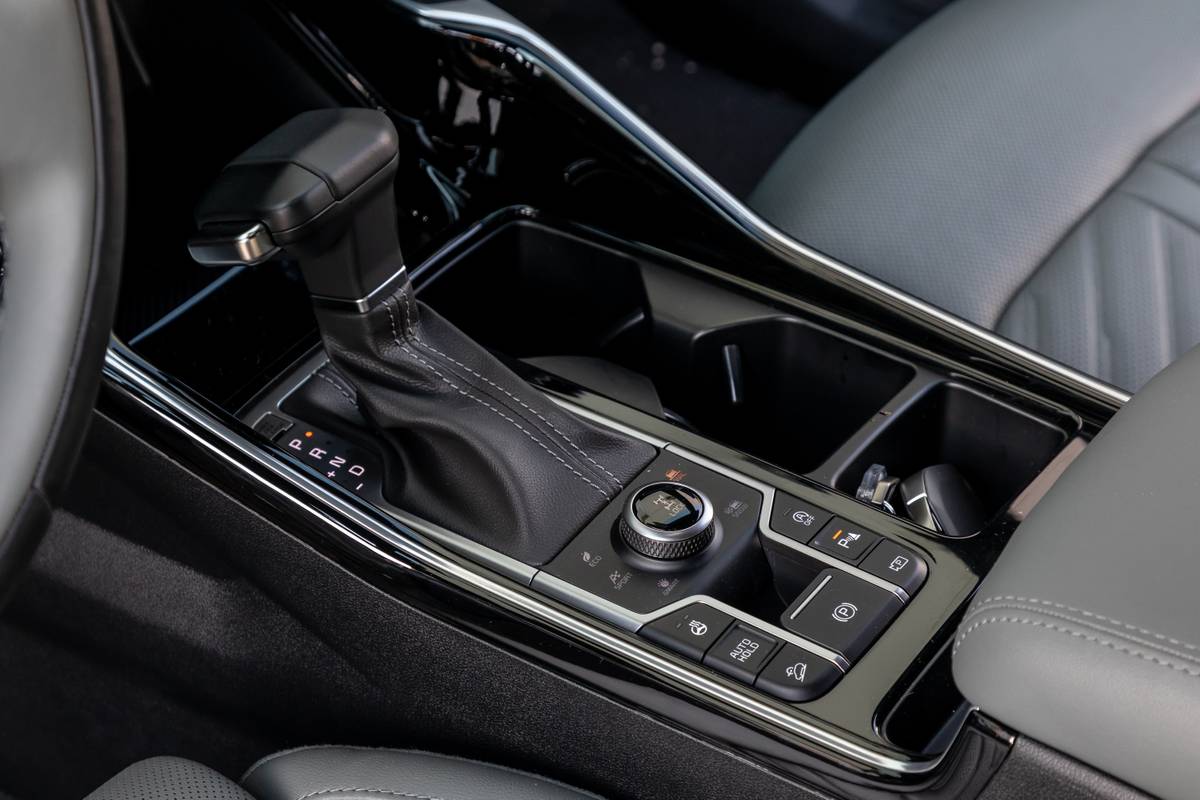
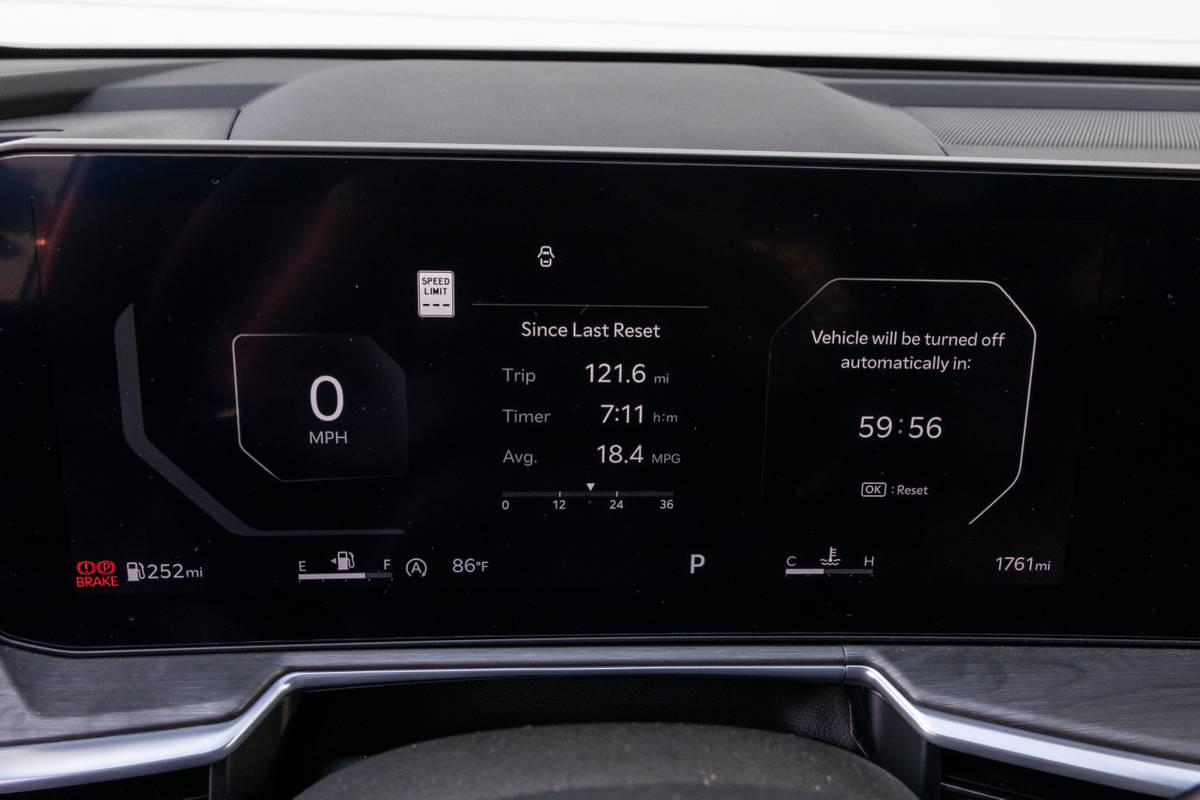

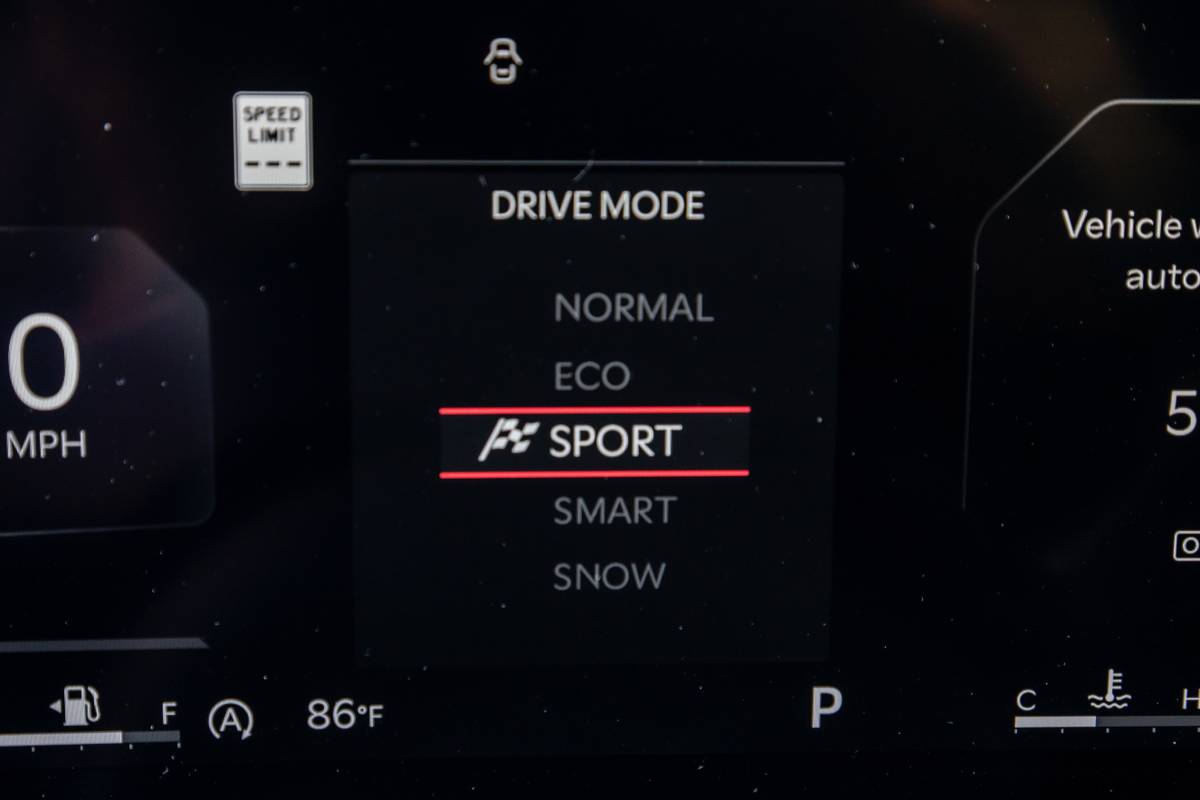
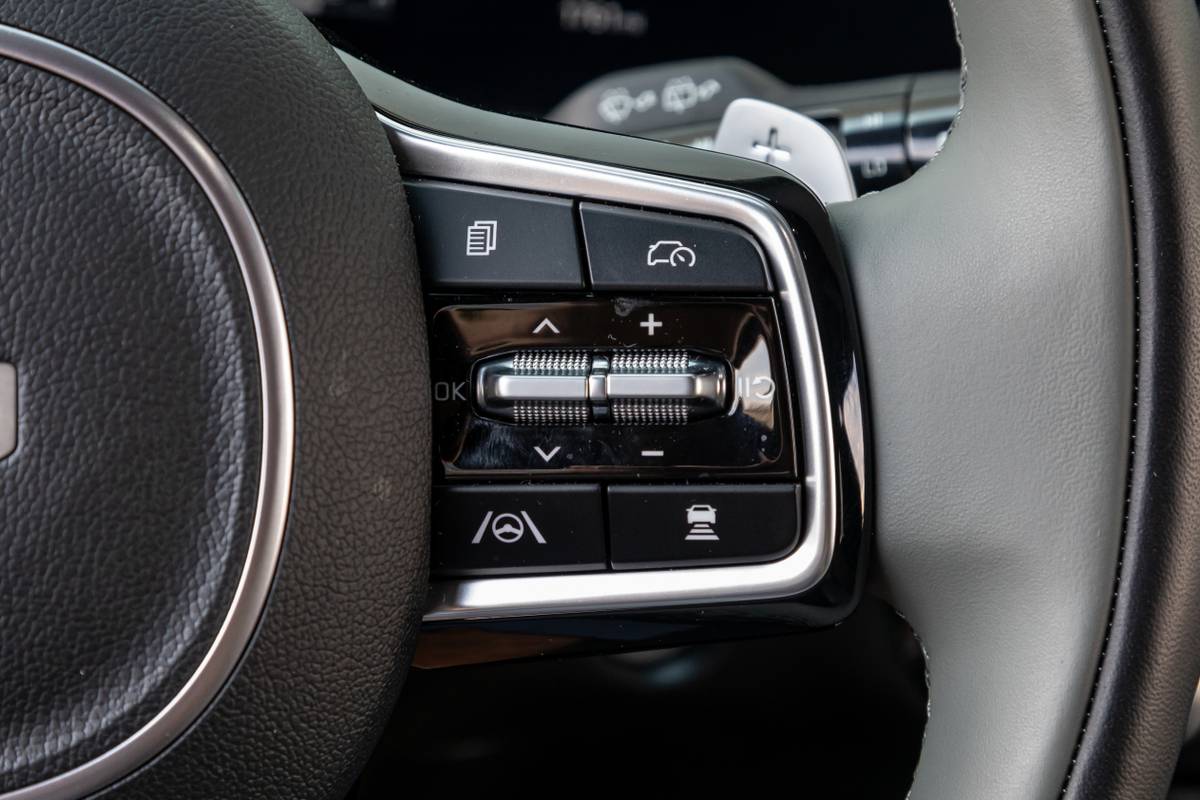
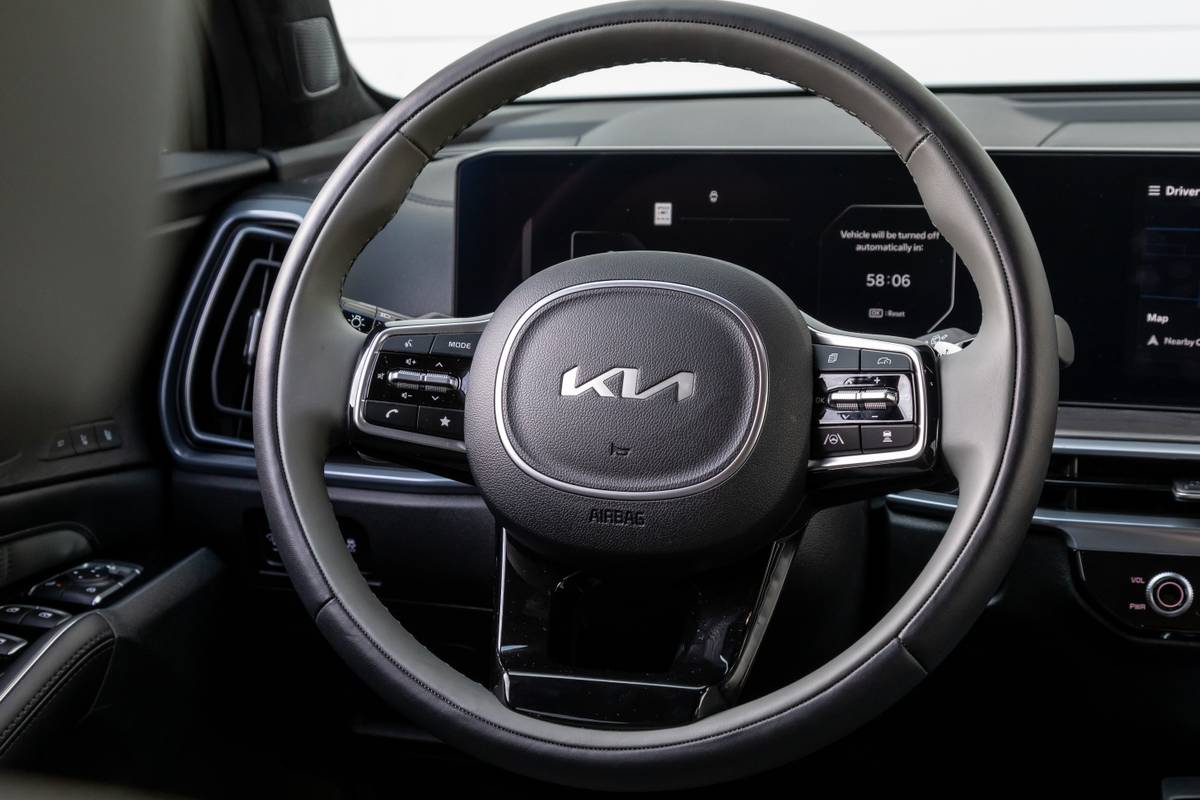
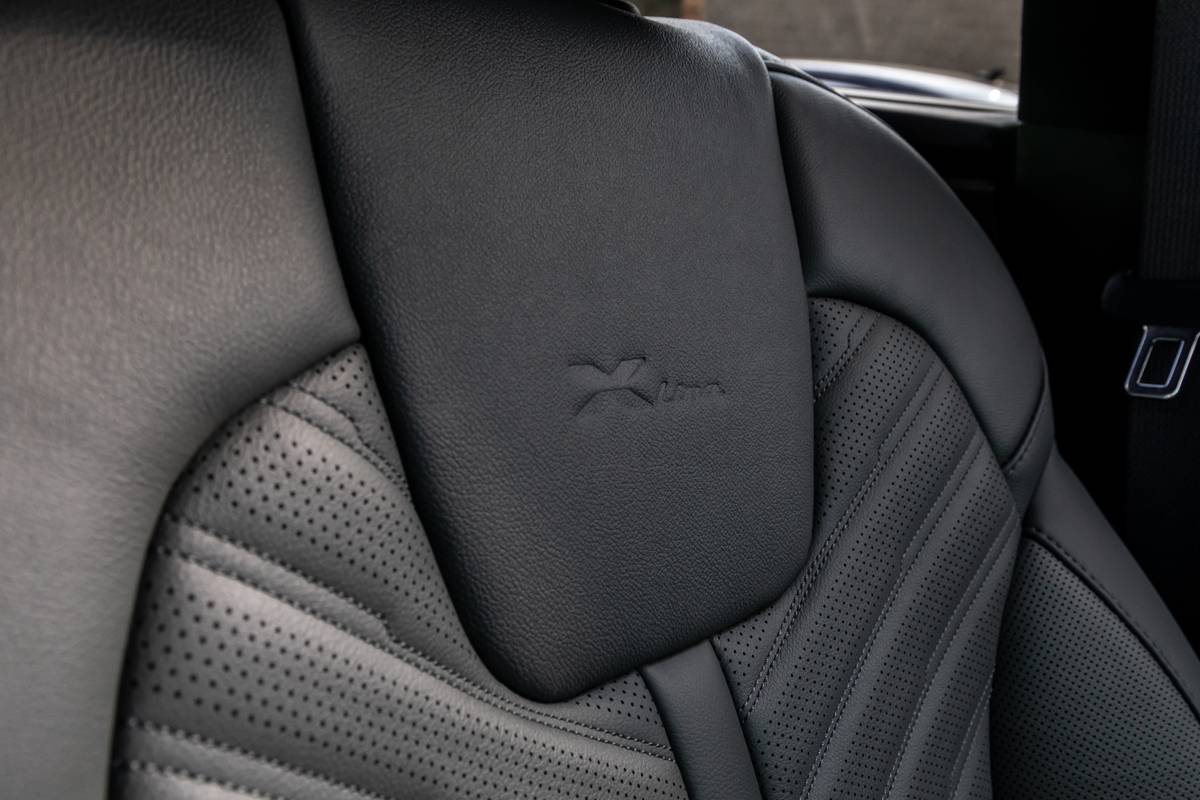

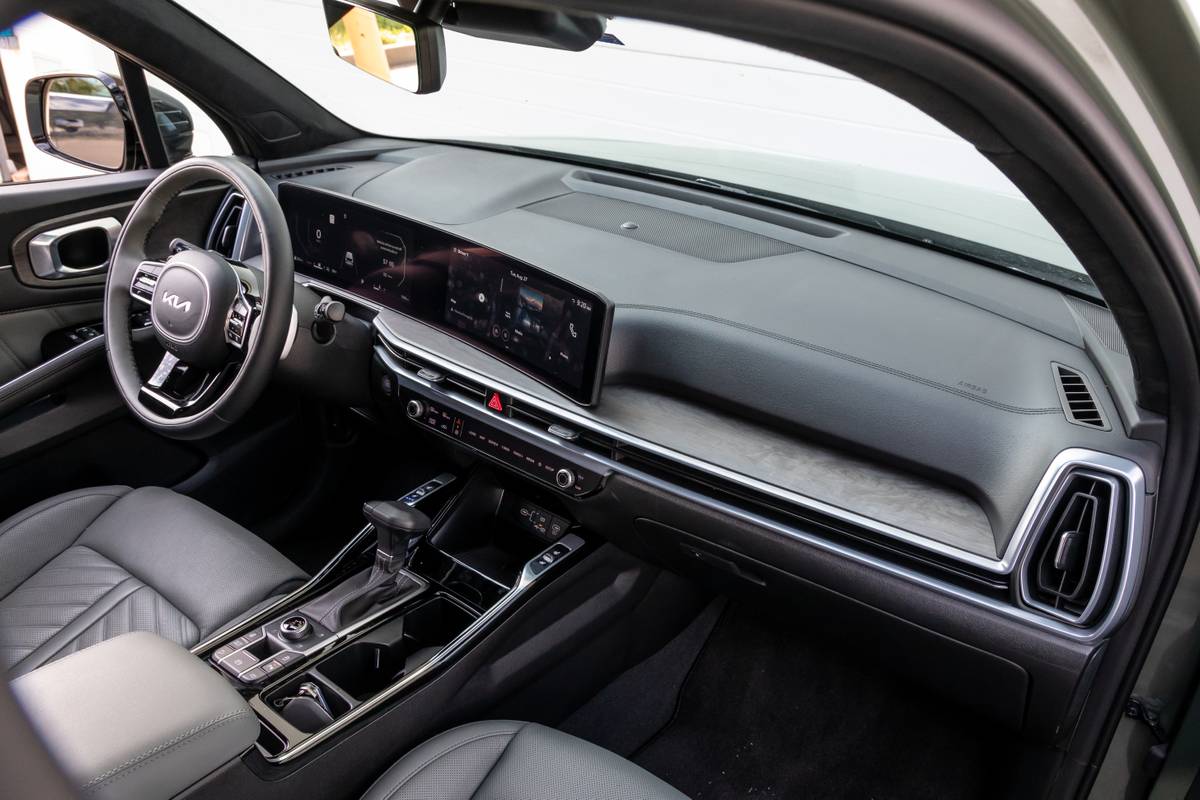

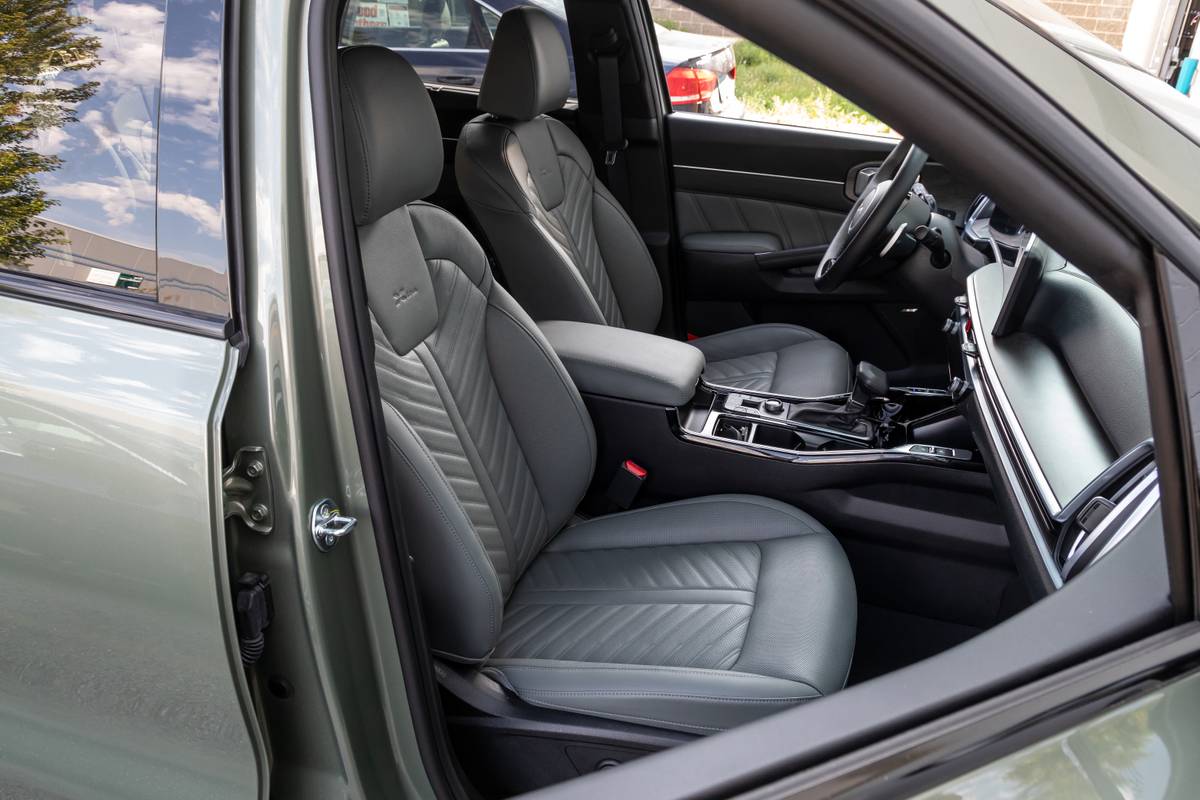
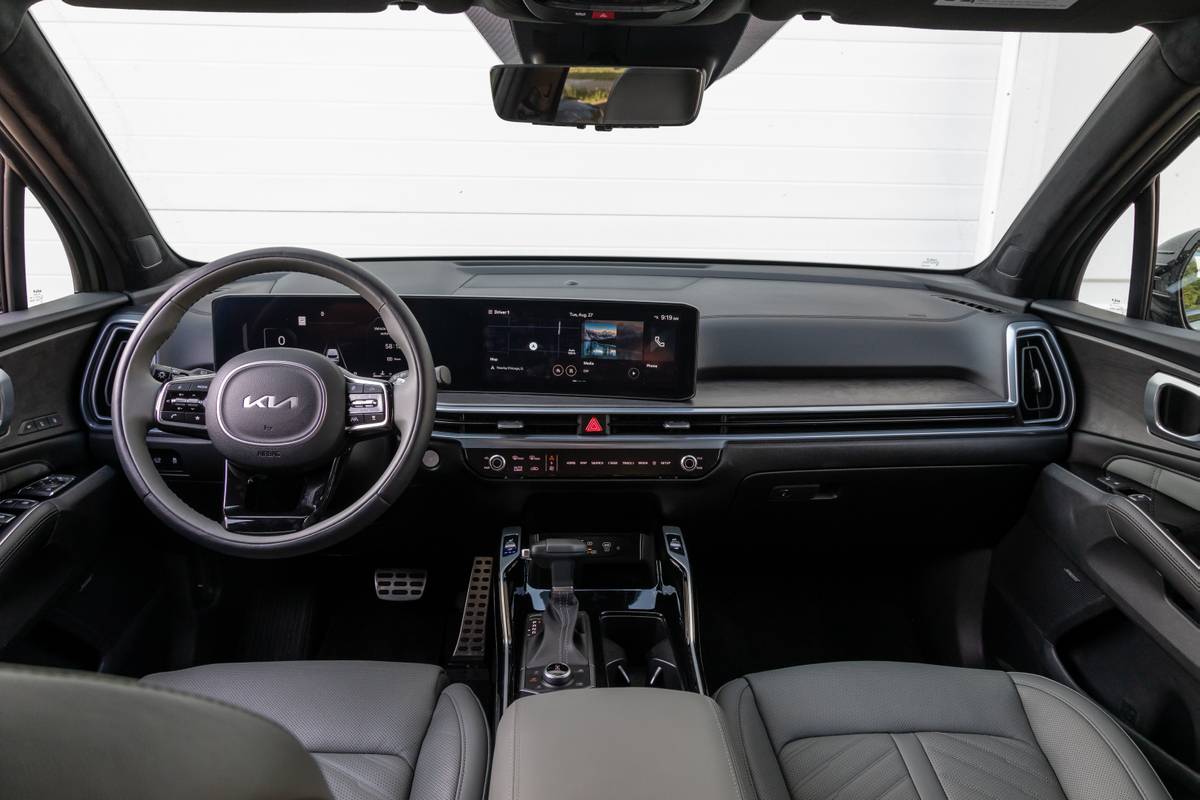
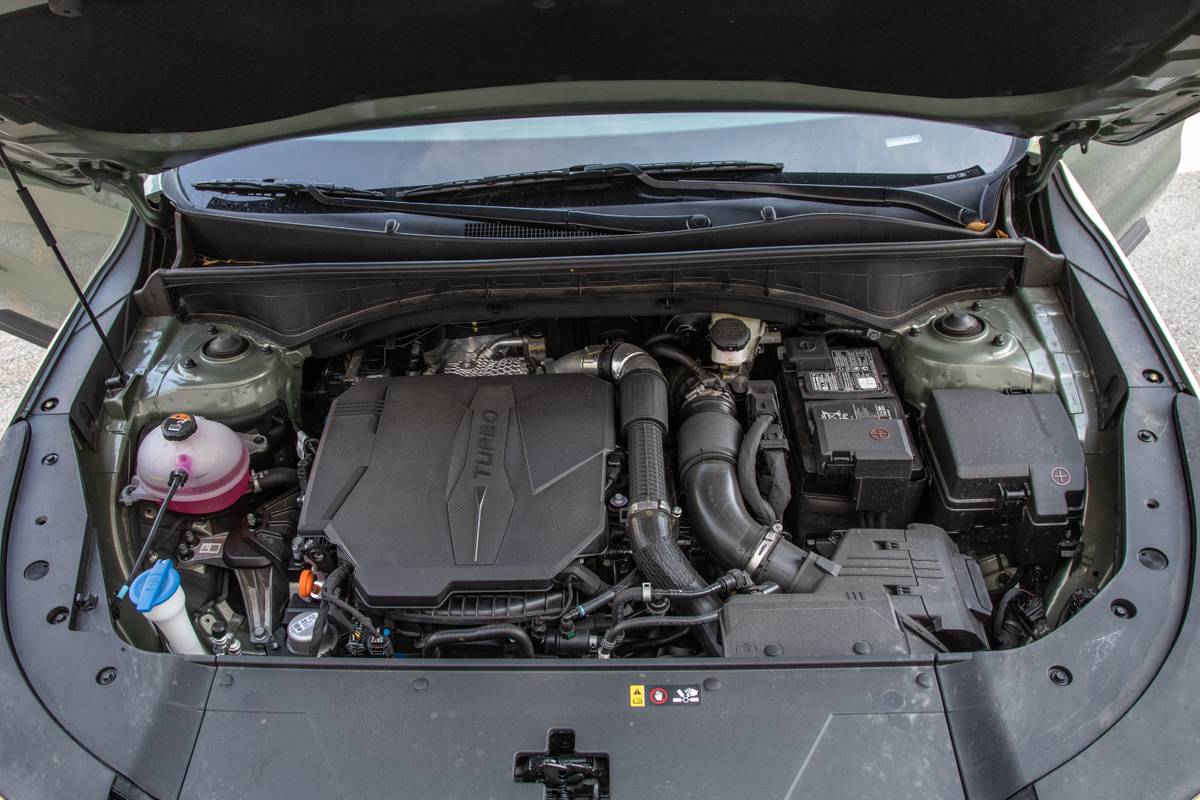
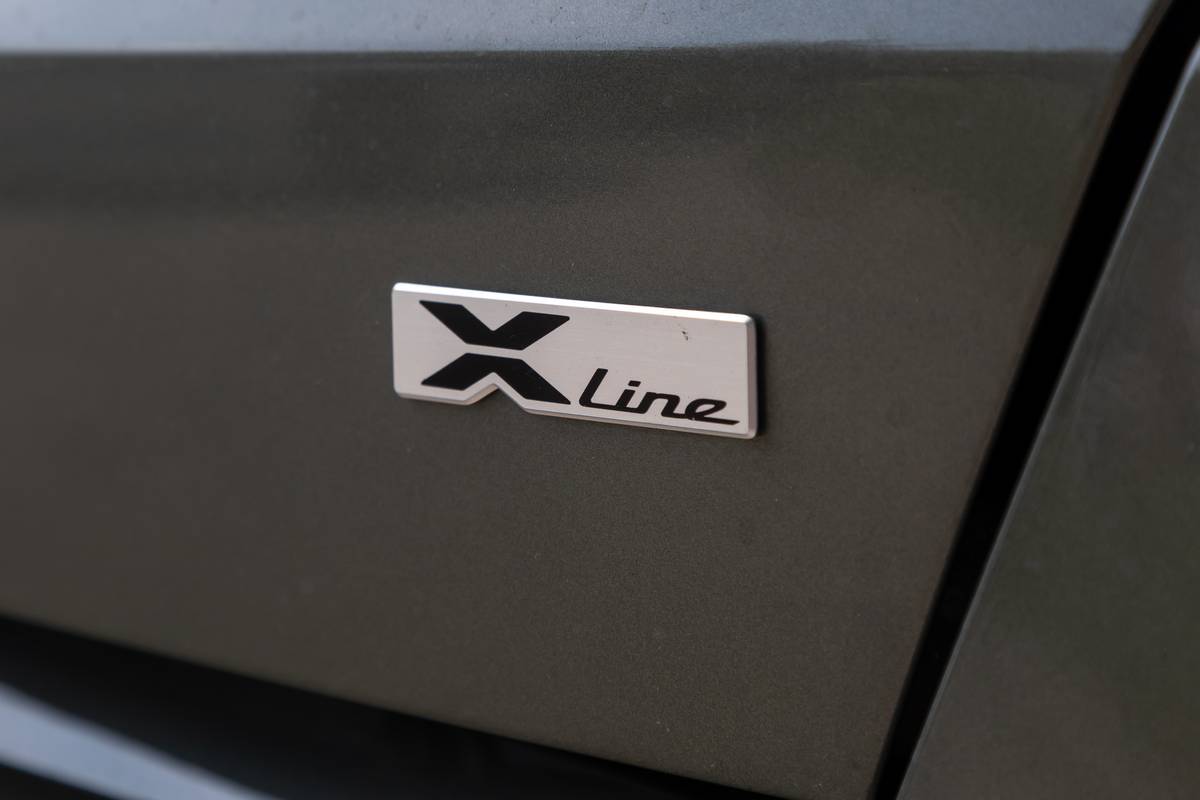


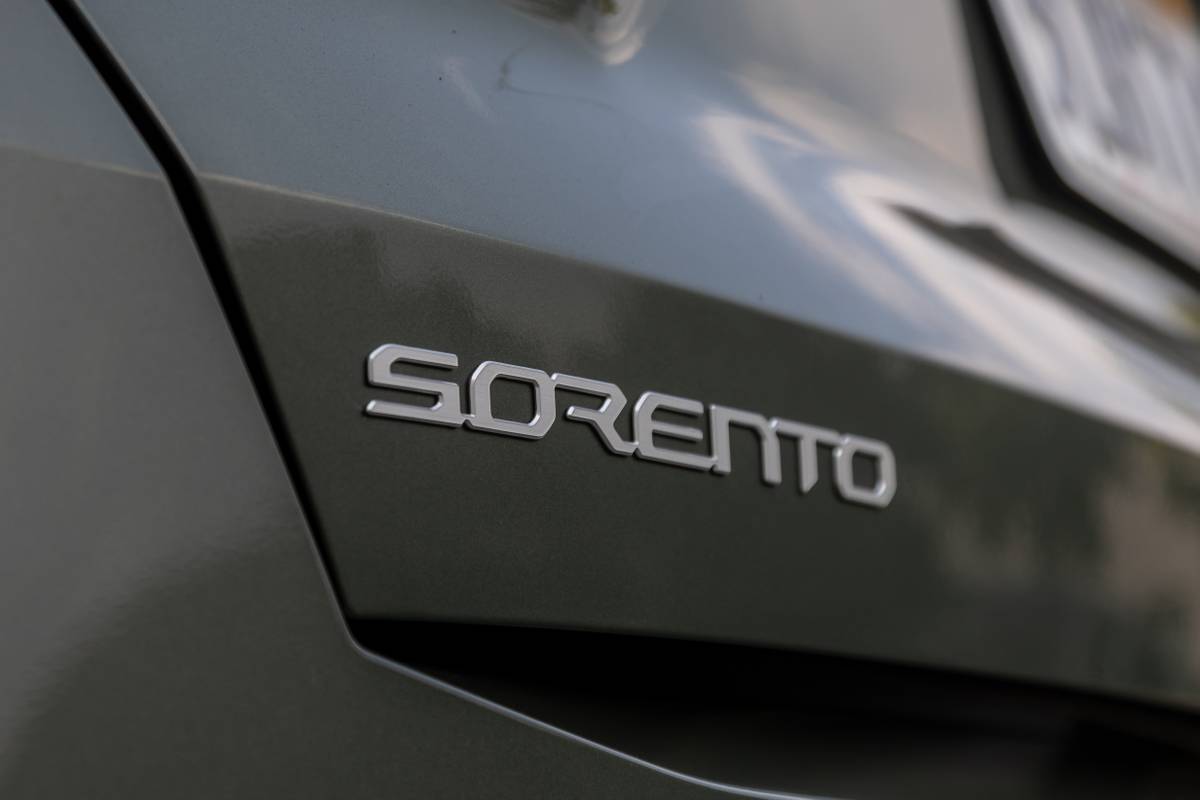

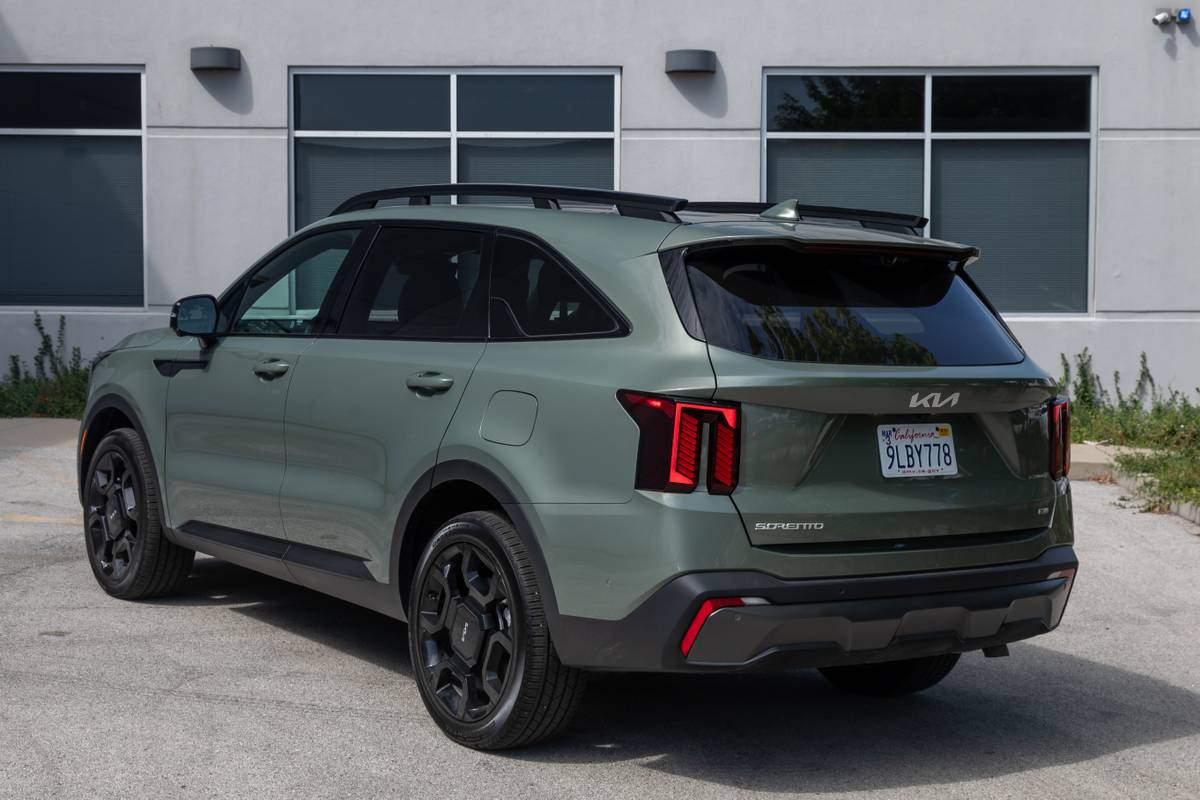
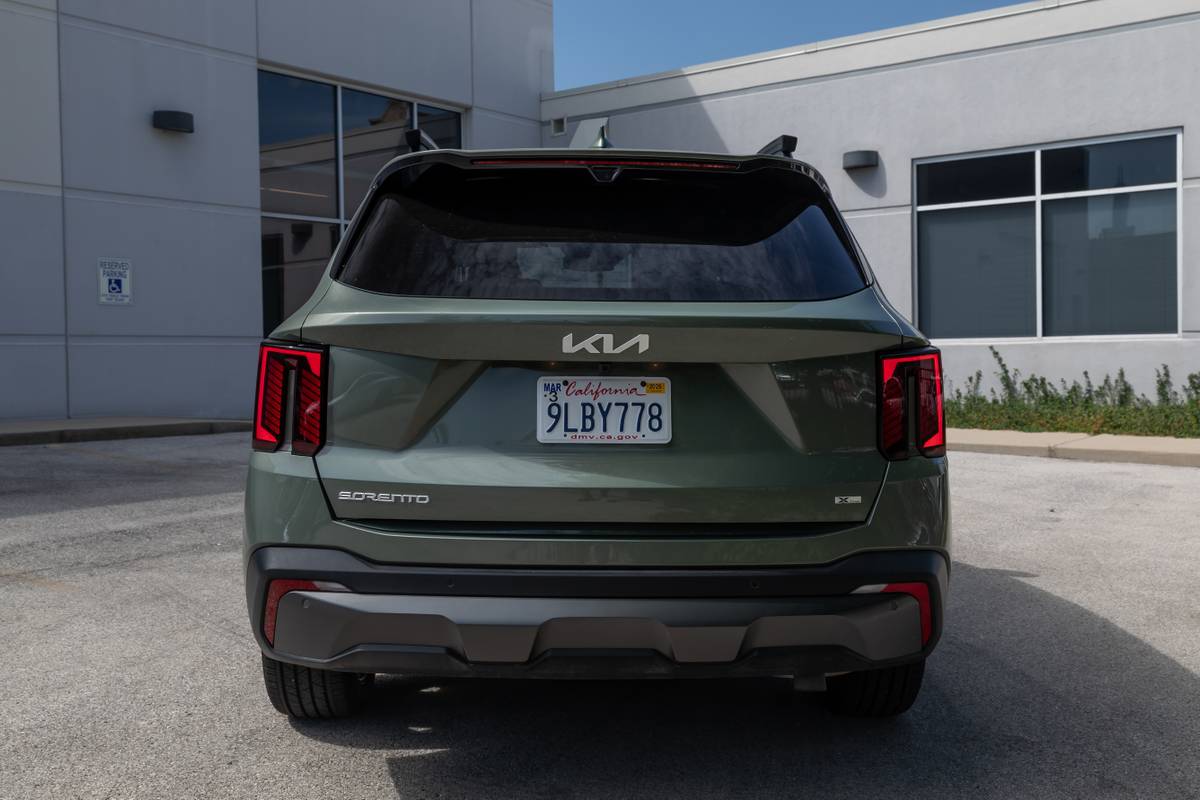
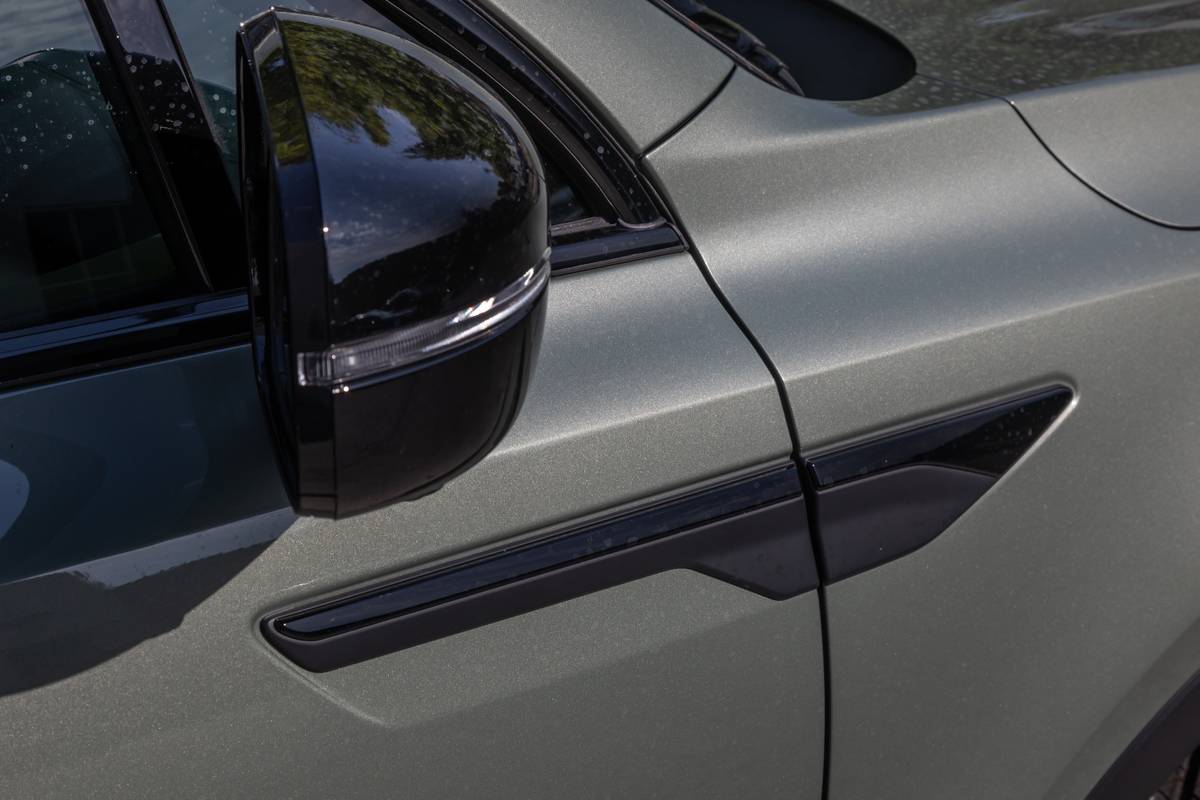
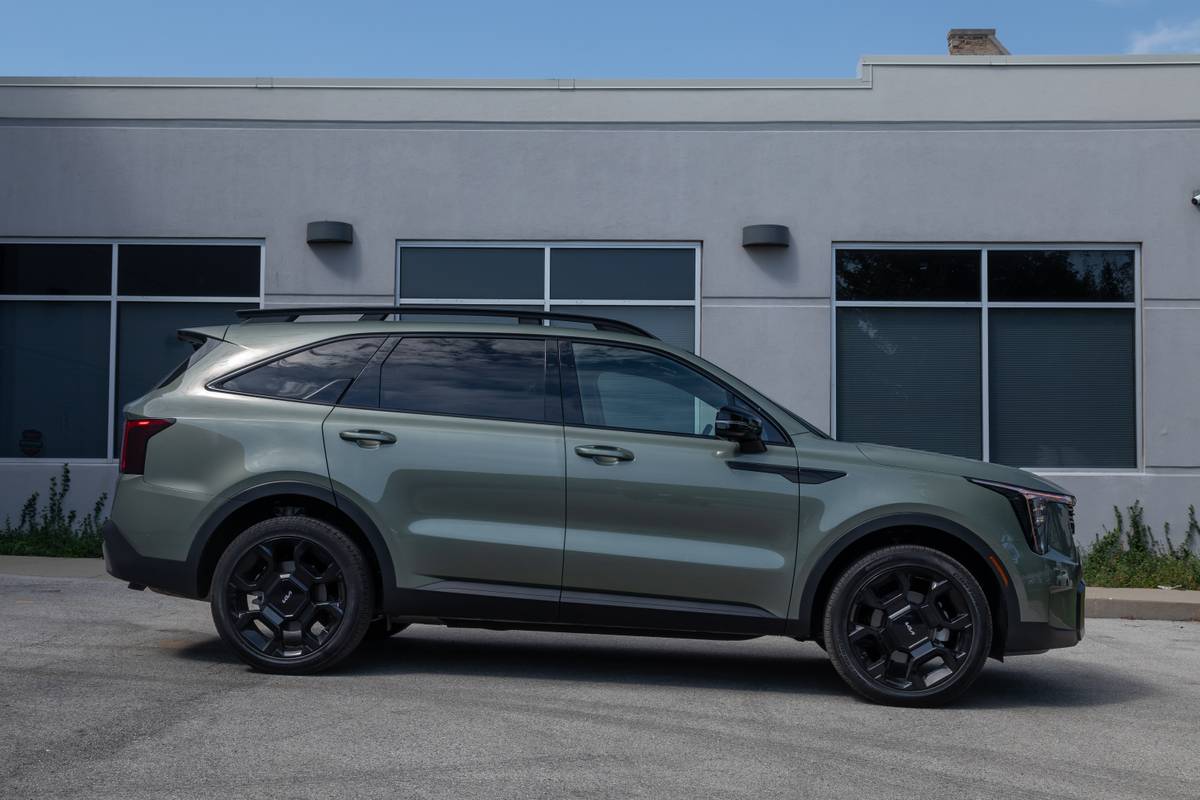
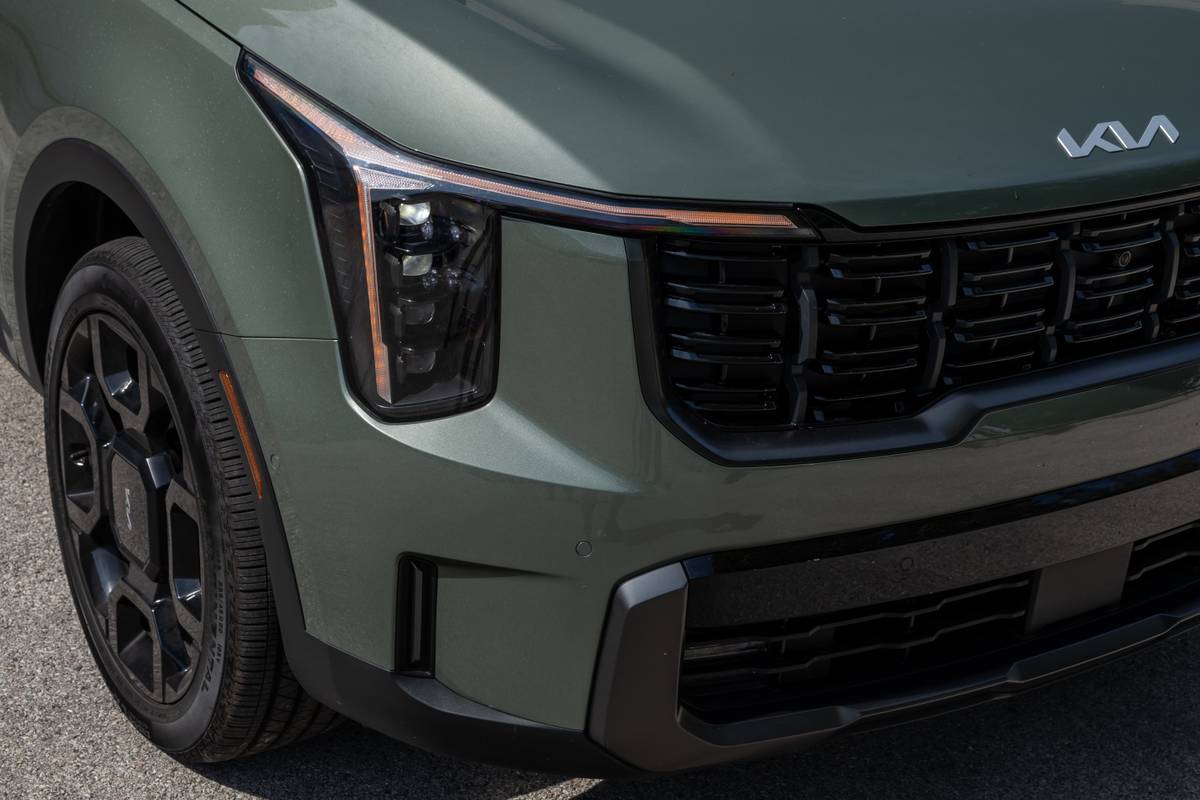





 Latch
Latch
 Infant
Infant
 Rear-facing Convertible
Rear-facing Convertible
 Front-facing Convertible
Front-facing Convertible
 Booster
Booster
 Third row access
Third row access







